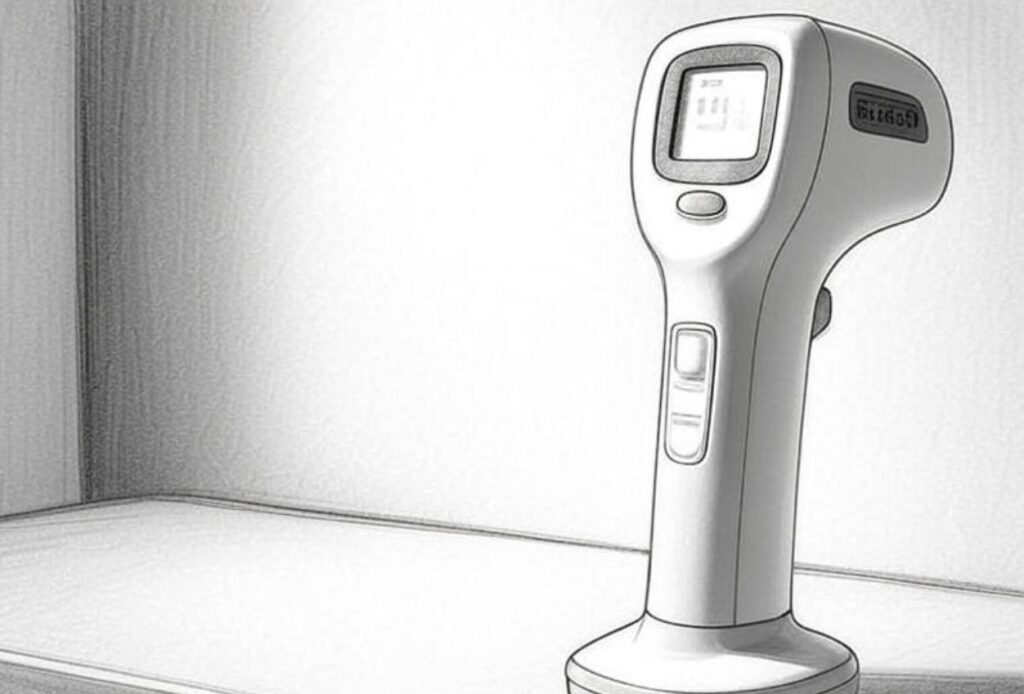Temperature Screening: An Overview of Identifying Individuals Who May Be at Risk of Illness

In recent times, there has been an increase in the use of temperature screening to identify individuals who may be at risk of illness, particularly during pandemics. Temperature screening involves using technology to measure an individual’s body temperature and identify those with a higher-than-average temperature. In this article, we’ll explore the concept of temperature screening, its pros and cons, and its potential impact on public health.
What is Temperature Screening?
Temperature screening involves the use of technology to measure an individual’s body temperature, typically by using a thermal imaging camera or an infrared thermometer. The aim of temperature screening is to identify individuals who may be at risk of illness, particularly those with a fever. Temperature screening can be used in a variety of settings, including airports, workplaces, schools, and public events.
Why is Temperature Screening Important?
Temperature screening can be an effective way of identifying individuals who may be at risk of illness, particularly during pandemics. Fever is one of the most common symptoms of many infectious diseases, including COVID-19. By identifying individuals with a higher-than-average temperature, it is possible to reduce the risk of transmission of infectious diseases.
Pros of Temperature Screening
Early detection: Temperature screening can identify individuals with a fever before they develop other symptoms, enabling early detection and treatment.
Cost-effective: Temperature screening is relatively inexpensive compared to other medical tests and can be performed quickly and easily.
Non-invasive: Temperature screening is non-invasive, making it a more comfortable and less stressful experience for individuals being screened.
Reduces transmission: Temperature screening can help to reduce the transmission of infectious diseases by identifying individuals who may be at risk of illness.
Cons of Temperature Screening
False positives: Temperature screening can produce false-positive results, particularly if the equipment used is not calibrated correctly
Inaccurate readings: Temperature screening can produce inaccurate readings if the individual being screened has recently consumed hot or cold beverages, been in a hot or cold environment, or has been exercising
Limited effectiveness: Temperature screening is not 100% effective at identifying individuals who may be at risk of illness, particularly if they are asymptomatic
Privacy concerns: Temperature screening can raise privacy concerns, particularly if data is collected and stored.
Temperature screening can be an effective way of identifying individuals who may be at risk of illness, particularly during pandemics. It is a cost-effective, non-invasive, and relatively quick method of detecting fever. However, there are also some cons to consider, such as the potential for false positives, inaccurate readings, limited effectiveness, and privacy concerns. When implementing temperature screening, it’s important to weigh these pros and cons and choose a solution that meets your organization’s specific needs and requirements. Overall, temperature screening can play an important role in protecting public health and reducing the spread of infectious diseases.